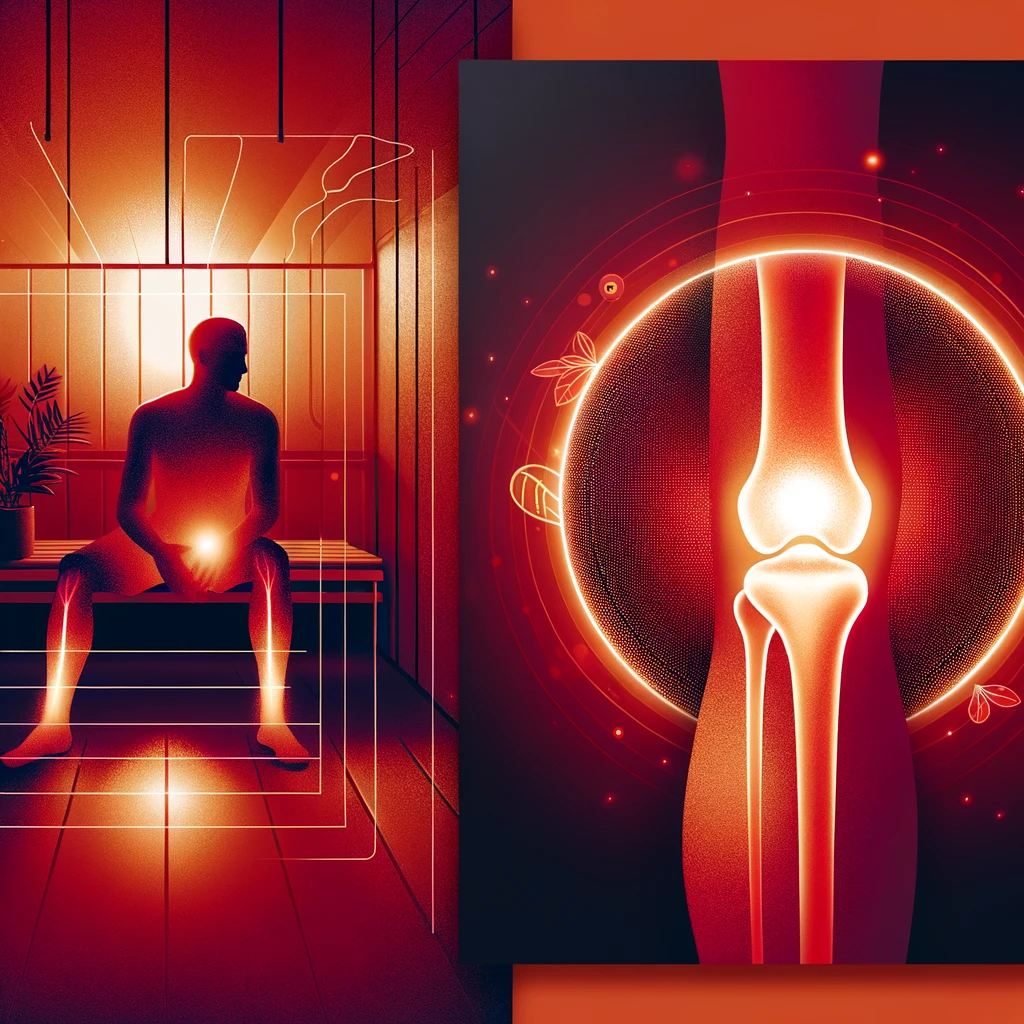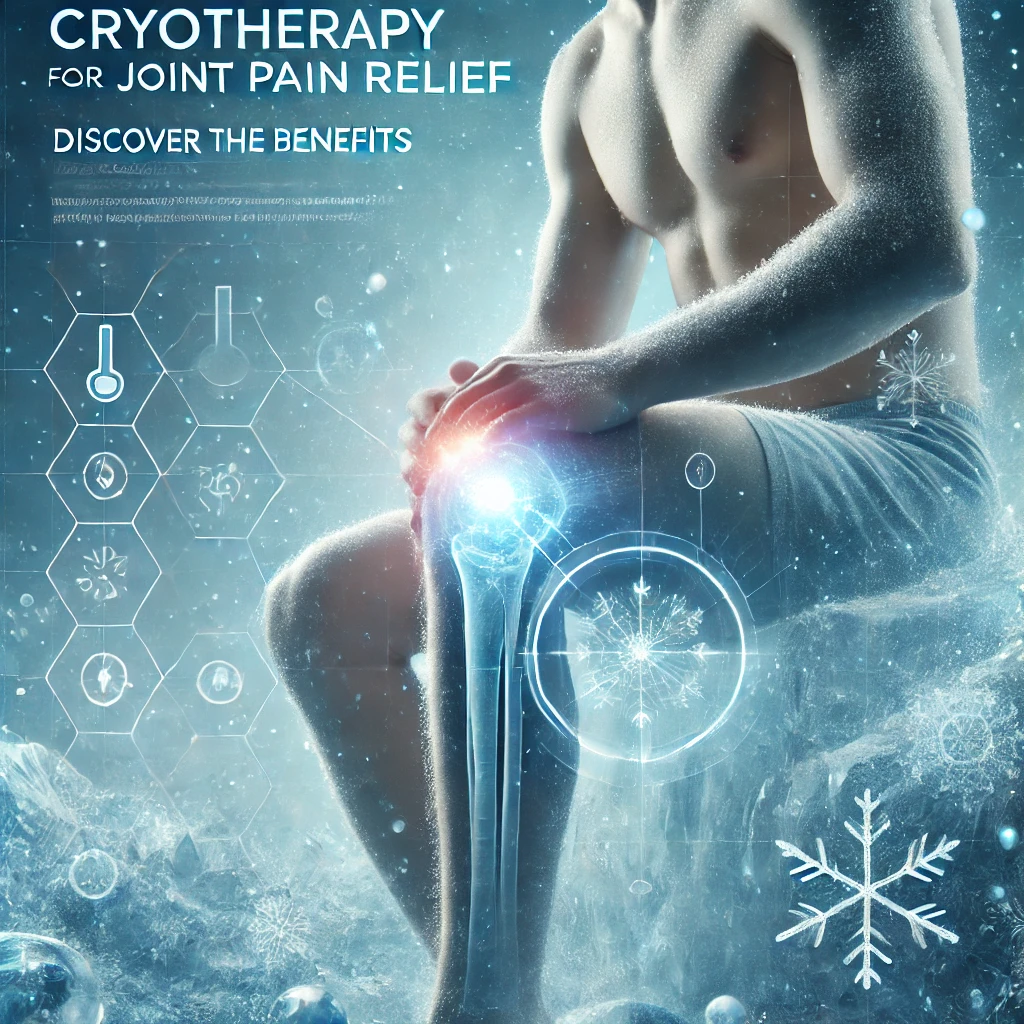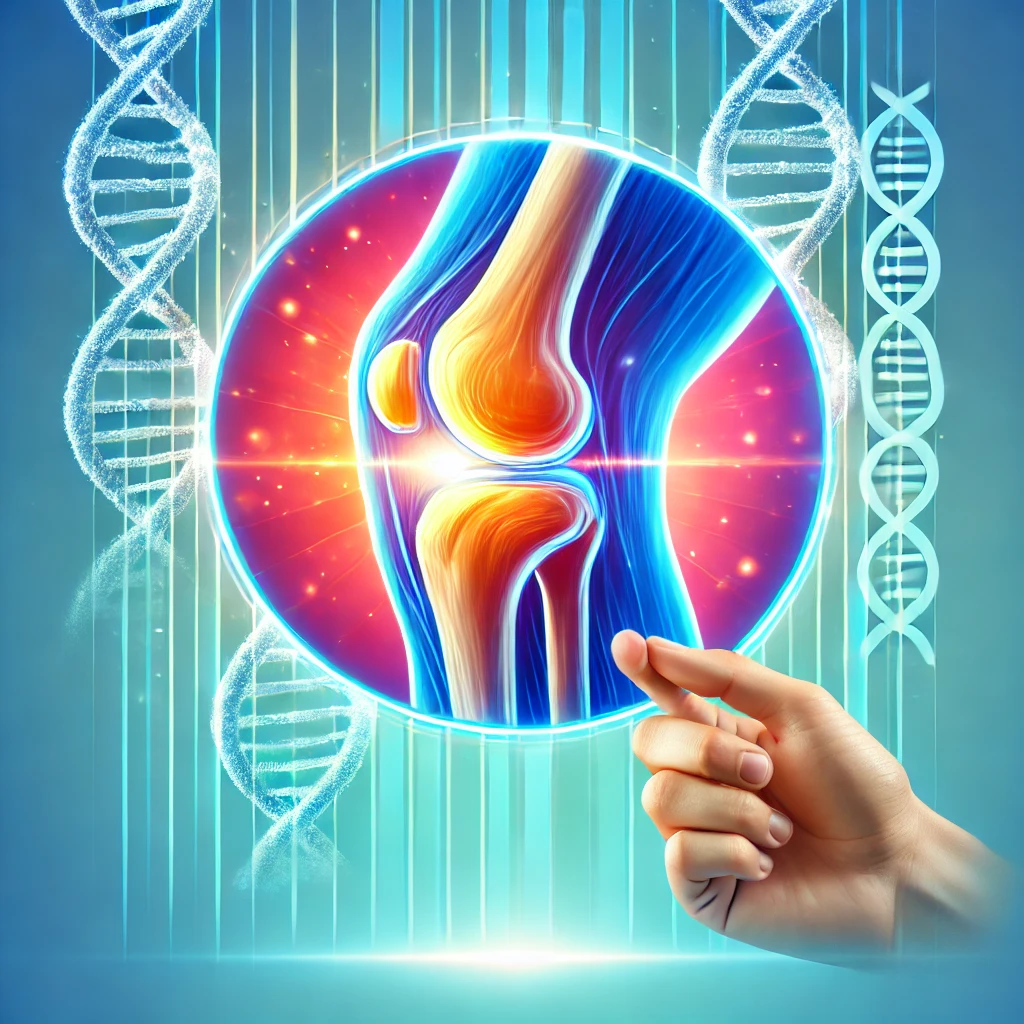
Table of Contents
In the world of modern medicine, PRP injections are rapidly gaining popularity as a groundbreaking solution for natural healing and pain relief. But what exactly are PRP injections, and why are they considered the future of regenerative medicine? In this comprehensive guide, we will delve into the science, benefits, and applications of PRP therapy, providing you with all the information you need to understand this innovative treatment.
What Are PRP Injections?
PRP, or Platelet-Rich Plasma, injections involve using a patient’s own blood to accelerate healing in various areas of the body. The process centers around concentrating platelets, which are rich in growth factors and injecting them into injured or damaged tissues to promote faster and more effective healing.
The Science Behind PRP
The effectiveness of PRP therapy lies in the growth factors contained in platelets. These growth factors play a crucial role in tissue repair and regeneration, enhancing the body’s natural healing processes. When concentrated and reintroduced to the body, they can significantly boost recovery from injuries and reduce pain.
History and Development of PRP Therapy
PRP therapy has its roots in the 1970s when it was first used in maxillofacial and plastic surgery. Over the decades, its applications have expanded to include sports medicine, orthopedics, dermatology and more, thanks to continuous advancements in medical research and technology.
How PRP Injections Work
The PRP Extraction Process
Blood Sample Collection
The first step in PRP therapy is drawing a small amount of blood from the patient. This blood sample is then processed to isolate the platelet-rich plasma.
Centrifugation Process
The collected blood is placed in a centrifuge, a device that spins at high speeds to separate the different components of the blood. This process concentrates the platelets, creating a sample rich in growth factors.
Injection Procedure
Preparing the Injection Site
Once the PRP is ready, the injection site is prepared. This involves cleaning the area and applying a local anesthetic to minimize discomfort.
Administering the PRP Injection
The PRP is then carefully injected into the targeted area. The number of injections and the specific technique used may vary depending on the condition being treated.
Benefits of PRP Injections
Pain Relief and Healing
One of the most significant benefits of PRP injections is their ability to relieve pain and accelerate healing. By promoting tissue repair, PRP can help patients recover from injuries more quickly and with less discomfort.
Minimally Invasive Procedure
PRP therapy is minimally invasive, meaning it involves fewer risks and a shorter recovery time compared to surgical options. This makes it an attractive option for many patients.
Reduced Recovery Time
Patients undergoing PRP therapy often experience a faster recovery compared to those receiving traditional treatments. This is particularly beneficial for athletes and active individuals looking to return to their routines quickly.
Potential Applications in Various Medical Fields
The versatility of PRP therapy is astounding. It has been successfully used in sports medicine, orthopedics, dermatology and even dentistry, proving its efficacy across multiple medical disciplines.
PRP Injections in Sports Medicine
Enhancing Athletic Performance
PRP injections are popular among athletes for their ability to enhance performance and expedite recovery from injuries. By promoting faster healing, athletes can return to their peak performance levels sooner.
Treating Sports Injuries
Common sports injuries, such as ligament sprains, tendon injuries and muscle tears, respond well to PRP therapy. The treatment accelerates the healing process, reducing downtime and improving outcomes.
Case Studies and Success Stories
Numerous high-profile athletes have credited PRP therapy for their quick recoveries. These success stories highlight the potential of PRP to revolutionize sports medicine.
PRP Injections for Joint Pain
Common Conditions Treated
Osteoarthritis
PRP injections are an effective treatment for osteoarthritis, a common condition causing joint pain and stiffness. The growth factors in PRP help to regenerate cartilage and reduce inflammation.
Tendinitis
Tendinitis, an inflammation of the tendons, can also be effectively treated with PRP. The therapy promotes the healing of the damaged tendons, providing relief from pain and restoring function.
Patient Experiences and Testimonials
Many patients have reported significant improvements in pain and mobility after undergoing PRP therapy for joint pain, further validating its effectiveness.
PRP Injections for Skin Rejuvenation
Anti-Aging Benefits
PRP therapy is not just for injuries and pain relief. It also offers impressive anti-aging benefits. The growth factors stimulate collagen production, reducing wrinkles and improving skin elasticity.
Improving Skin Texture and Tone
Patients receiving PRP for skin rejuvenation often notice smoother, more youthful skin. The treatment enhances skin texture and tone, giving a radiant appearance.
PRP Facials: What to Expect
Also known as the “vampire facial,” PRP facials involve applying PRP to the face to promote rejuvenation. The procedure is minimally invasive and requires little downtime, making it a popular choice for those seeking youthful skin.
PRP Injections in Hair Restoration
How PRP Promotes Hair Growth
PRP therapy has shown promising results in hair restoration. The growth factors in PRP stimulate hair follicles, encouraging new growth and strengthening existing hair.
Treatment Process and Expectations
The PRP hair restoration process involves injecting PRP into the scalp. Patients typically see improvements in hair thickness and density over several months.
Before and After Results
Before and after photos of PRP hair restoration treatments often show dramatic improvements, with many patients regaining fuller, healthier hair.
Potential Risks and Side Effects
Common Side Effects
Like any medical treatment, PRP injections can have side effects. Common ones include mild pain at the injection site, swelling and bruising, which typically resolve quickly.
Rare Complications
While rare, some patients may experience more severe reactions, such as infection or nerve damage. It’s essential to choose a qualified provider to minimize these risks.
Safety Measures and Precautions
To ensure the safety and efficacy of PRP therapy, it’s crucial to follow all pre- and post-treatment guidelines provided by your healthcare provider.
Who Can Benefit from PRP Injections?
Ideal Candidates
PRP therapy is suitable for a wide range of individuals, particularly those with chronic pain, sports injuries or skin and hair concerns. However, it is always best to consult with a medical professional to determine if PRP is right for you.
Conditions That May Not Benefit
Not all conditions respond well to PRP therapy. Patients with certain medical issues, such as cancer or blood disorders, may not be suitable candidates.
How to Prepare for PRP Injections
Pre-Treatment Guidelines
Before undergoing PRP therapy, patients should follow specific guidelines, such as avoiding certain medications and staying hydrated. Your healthcare provider will give you detailed instructions.
What to Avoid Before Treatment
Certain substances, such as anti-inflammatory medications and alcohol, should be avoided before treatment, as they can affect the efficacy of PRP therapy.
Post-Treatment Care
Immediate Aftercare
After PRP injections, patients should follow their provider’s aftercare instructions. This may include avoiding strenuous activity and applying ice to the injection site.
Long-Term Care and Maintenance
Maintaining the benefits of PRP therapy often involves follow-up treatments and a healthy lifestyle. Your provider will advise you on the best practices for long-term care.
Comparing PRP with Other Treatments
PRP vs. Cortisone Injections
While cortisone injections can provide quick pain relief, PRP offers longer-lasting benefits by promoting actual healing rather than just masking symptoms.
PRP vs. Surgery
For many patients, PRP presents a viable alternative to surgery. It is less invasive, carries fewer risks, and requires a shorter recovery period.
PRP vs. Physical Therapy
PRP and physical therapy can be complementary. PRP accelerates healing, while physical therapy helps restore function and strength.
Cost and Accessibility of PRP Injections
Average Cost
The cost of PRP injections can vary widely depending on the treatment area and provider. On average, patients can expect to pay several hundred to a few thousand dollars per session.
Insurance Coverage
While some insurance plans may cover PRP therapy, many do not. It’s important to check with your insurance provider and discuss payment options with your healthcare provider.
Finding a Qualified Provider
Choosing a qualified and experienced provider is crucial for the success of PRP therapy. Look for practitioners with specialized training and positive patient reviews.
Future of PRP Therapy
Emerging Research and Innovations
The field of PRP therapy is continually evolving, with new research and innovations emerging. These advancements are likely to expand the applications and efficacy of PRP treatments.
Expanding Applications
As our understanding of PRP therapy grows, so does its potential. Future applications may include new areas of medicine and more refined techniques for even better outcomes.
Conclusion
PRP injections represent a promising future for natural healing and pain relief. Their versatility, minimal invasiveness, and effectiveness make them a valuable treatment option for various conditions. Whether you’re an athlete looking to recover from an injury or someone seeking anti-aging benefits, PRP therapy offers a compelling solution. Consider discussing PRP therapy with your healthcare provider to determine if it’s the right choice for you.
FAQs
How long does it take to see results from PRP injections?
Results from PRP injections can vary, but many patients begin to notice improvements within a few weeks, with continued benefits over several months.
Are PRP injections painful?
Most patients report minimal discomfort during PRP injections. Local anesthetics are often used to minimize any pain.
How many PRP treatments are typically needed?
The number of PRP treatments required can vary based on the condition being treated. Typically, patients may need between one to three sessions.
Can PRP injections be combined with other treatments?
Yes, PRP injections can often be combined with other treatments, such as physical therapy or micro needling, to enhance results.
Is PRP therapy safe for everyone?
While PRP therapy is generally safe, it may not be suitable for individuals with certain medical conditions. It’s important to consult with a healthcare provider to determine if PRP is right for you.




One thought on “PRP Injections Explained: The Future of Natural Healing and Pain Relief”